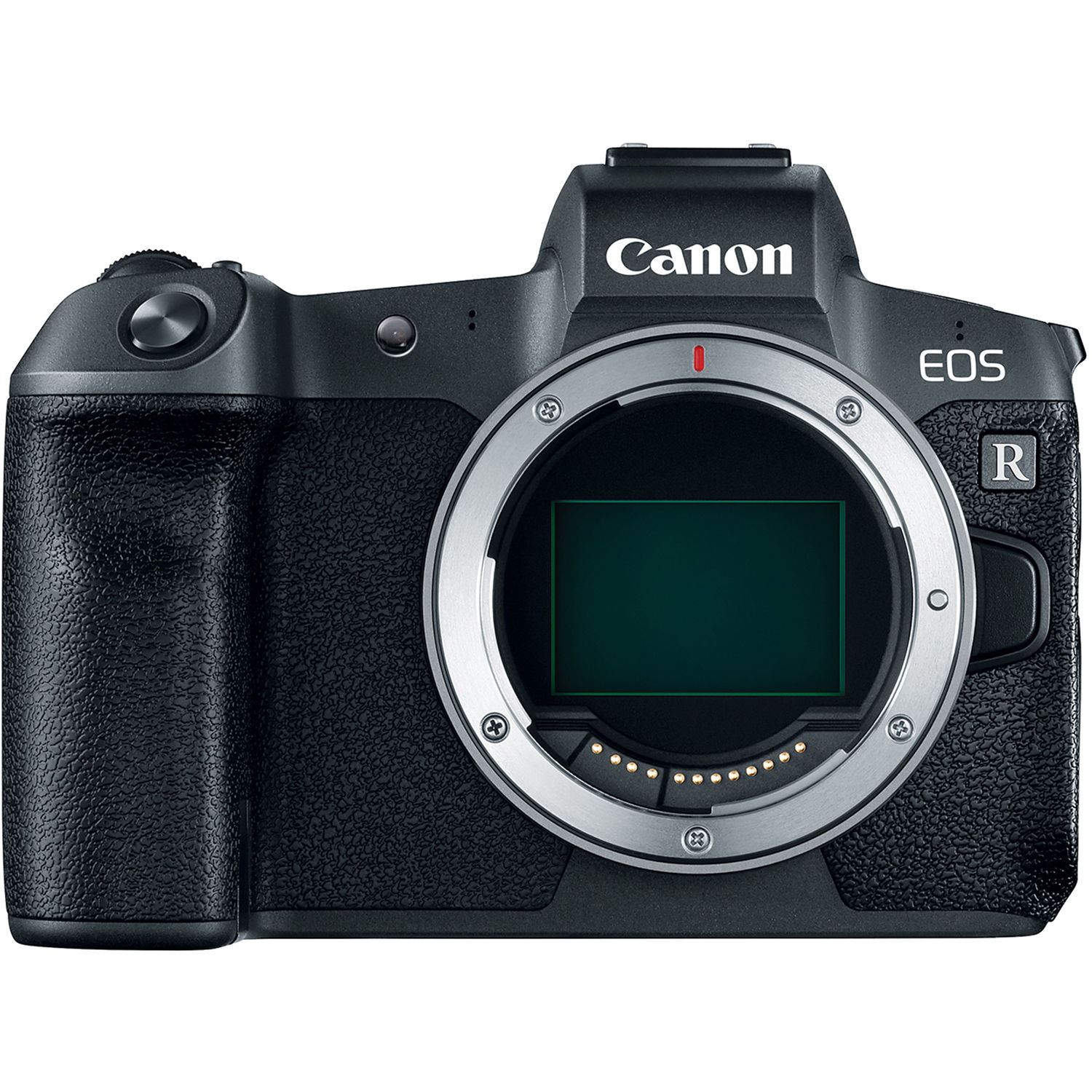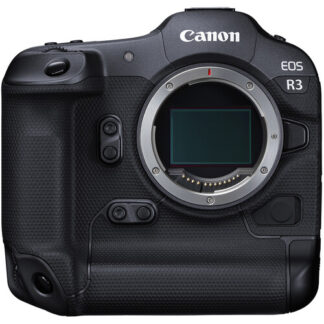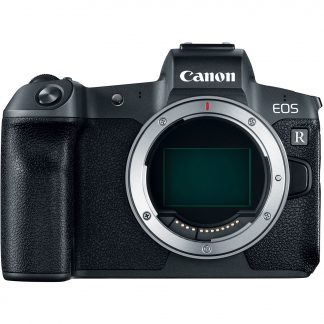Description
The Canon EOS R Mirrorless Camera features a high-resolution 30.3MP (6720 x 4480) full-frame CMOS sensor along with a DIGIC 8 image processor, offering a wide native ISO range of 100-40000, fast continuous shooting up to 8 fps at 30.3 MP for up to 47 Frames in Raw Format, and UHD 4K30 video recording. The sensor also features a Dual Pixel CMOS AF system, which uses 5655 hybrid selectable points for quick and accurate acquisition of focus, even during video recording and live view modes. This focusing system is also sensitive down to EV -6 for low light conditions.
The Canon EOS R features Canon’s new RF-Mount system for lenses designed for mirrorless cameras, which includes an improved 12-pin electronic contact system for faster and increased metadata transfer, allowing for improved autofocus and image stabilisation, and lens aberration compensation. The body itself is comprised of magnesium alloy and is dust and moisture sealed. The EOS R accepts LP-E6 batteries and has a single SD card slot, with UHS-II protocol support for 4K video recording.
The EOS R supports UHD 4K (3840 x 2160) resolution (at 1.83 crop) recording at up to 30 fps at 480 Mb/s. Internal 4K video is recorded at 4:2:0 8-bit, with 4:2:2 10-bit clean output in ITU-R CT.2020 possible through HDMI out. Integrated Canon Log also allows users to capture flat images with an improved dynamic range of 800%, or 12 stops. For monitoring, a View Assist function is available, which emulates a graded look for more accurate viewing on the camera’s LCD.
The EOS R also features Dual Pixel RAW, first introduced with the EOS 5D Mark IV, allowing for fine adjustments to be made to the image after it is taken. These adjustments include focus fine tuning that allows for small changes of the focus point to bring out extra details, shift bokeh around for improved composition, and reduce the impact of ghosting. This requires the use of Canon’s Digital Photo Professional software. The EOS R also features the ability to save images in Compact Raw (C-RAW / .CR3) format, reducing file sizes by around 40% with minimal impact on image quality.




